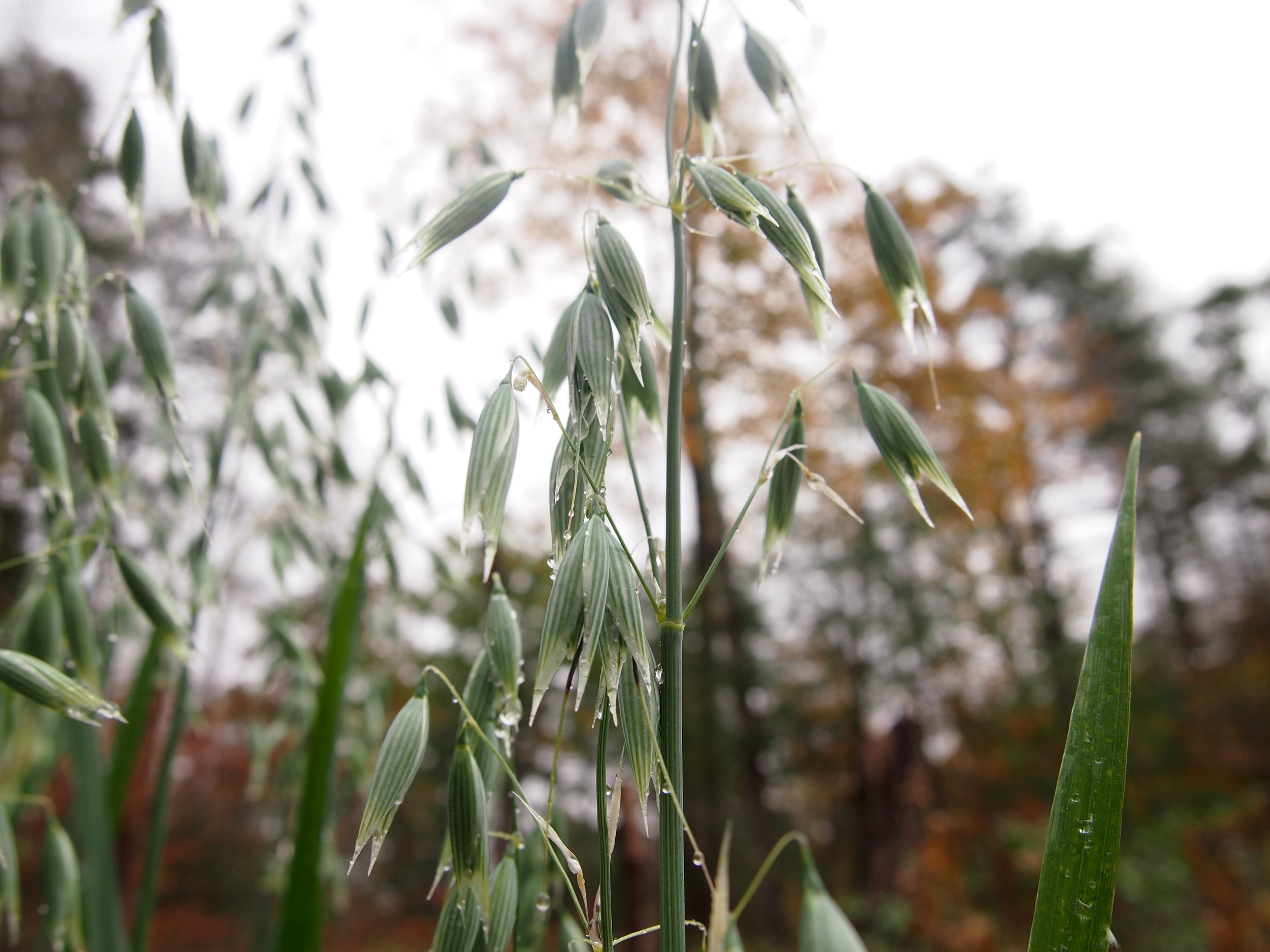Fresh Milky Oats in Upstate NY, 2017
Making medicine with “fresh and in seaon” herbs is very special. When plants are in their peak time, that means their energy, vibration, and nutrient are in the highest point. Although many herbs carry its potency when in dry, some herbs only offer treasures in very limited period when in fresh. Oat is absolutely one of them! We already know oats as energy boosting food. Do you know that "fresh milky oats" have deeply nourishing and medicinal aspect?
"Fresh milky oats” are harvested when oat tops produce milky sap. This milky stage lasts only for a week or so (Depends on the weather. Late summer in general). This is why it’s worthy of special mention. How do you ingest them as medicine? — Tincture from fresh milky seeds gives you a great benefit.
This year (2017) in NY state had experienced cooler summer, so the milky stage had been later and lasted longer than usual years. Now it’s the time to make medicine with them. Here are benefits of fresh milky oats.
• Supremely moistening (super Yin nourishing), demulcent
• Nervine tonic
• Nervous system trophorestorative
• Anti-depressant
• Help withdrawal from addictive substances
The taste is very sweet and the texture is viscously smooth as infusion. Sweetness is nourishing and restorative flavor. For conditions related to anxiety, insomnia, severe fatigue, nervous debility... Fresh milky oats is definitely the go-to herb. In addition, menopausal conditions, including vaginal dryness and low libido, are in its indication.



